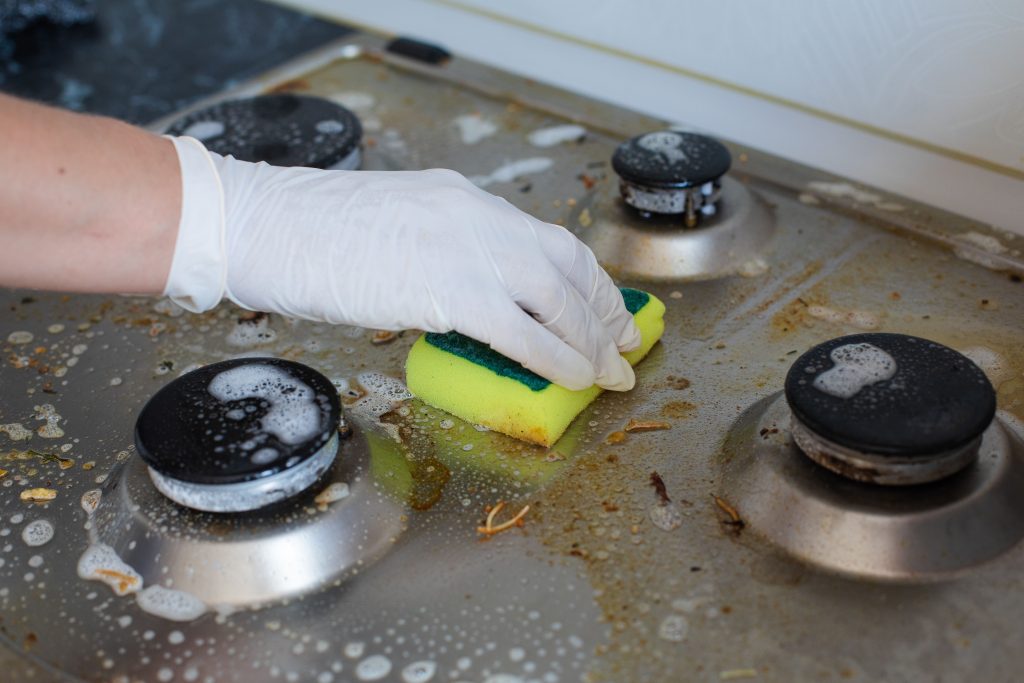
Let’s not pretend grease traps are glamorous. They’re not. But they are the silent workhorses buried beneath the chaos of your kitchen — catching every ounce of sludgy, oily gunk before it slips into your pipes and stages a full-blown rebellion.
So, what’s grease trap cleaning, really? It’s not just scooping out grease. It’s about keeping the plumbing alive, the air breathable, and the health inspector off your back. Fats, oils, and grease — FOG, if you’re fond of acronyms — don’t play nice with plumbing. Left to their own devices, they cool, harden, and congeal into something that might well be alive.
And if you’re wondering what happens if you don’t clean a grease trap — just imagine the stench of a clogged sewer mingled with burnt fryer oil. That, but in your kitchen.
How Often? More Often Than You’d Like
Here’s the tricky part: people wait too long. Always. Then they panic.
For restaurants, the sweet spot is every 1 to 3 months. The more you cook, the faster the trap fills. If you’re running a high-volume kitchen, monthly cleanings might be the only way to stay sane.
At home, you’ve got a little more breathing room — 3 to 6 months, if you’re even using one. But yes, homes can have grease traps too.
A basic guide:
- Light household use: every 6 months
- Regular commercial cooking: every 2 months
- Heavy use, fast turnover kitchens: monthly or sooner
Push it too far, and you’re dealing with much more than an inconvenient smell.
So, How’s It Actually Done?
No magic here. Just labor, tools, and a little know-how.
Here’s what that process usually looks like:
- Lift the lid. Do it gently, don’t bust the gasket.
- Scoop the gunk. Vacuum, bucket, whatever gets the job done.
- Scrub the inside. Not just rinse — scrub like it owes you money.
The right equipment makes the difference between a quick clean and a messy ordeal. Investing in commercial-grade cleaning and washing gear doesn’t just speed things up — it keeps staff from cutting corners and helps you stay on the right side of hygiene regulations.
Some folks swear by hiring pros; others roll up their sleeves and dive in themselves. Either way, skipping it? Not an option.
Regular Cleaning Isn’t Just Smart. It’s survival.
If your grease trap’s working properly, you’ll barely know it’s there. But neglect it for too long and suddenly the drains gurgle, the air turns sour, and your entire kitchen feels like a biohazard.
Here’s what regular maintenance saves you from:
- Nasty odors leaking into your prep areas
- Surprise shutdowns from code violations
- Overflowing sludge water in the middle of a Friday dinner rush
And yes — emergency plumbing bills that make you question all your life choices.
Think You’ve Got One? You Might
Not all homes have them, but if you’re dealing with a separate waste line from the kitchen or an old rural system, you might find one buried under the sink or tucked away outside in a concrete box.
Ask yourself:
- Does my plumbing layout suggest a separate grease line?
- Have I ever noticed a square box with a metal lid near the kitchen exit?
- Is there a mysterious container under my commercial sink that smells like regret?
If you nodded at any of those, it’s time to investigate.
Final Thought — Don’t Be That Person
You know the one. They wait until the kitchen smells like swamp rot before they think, “Maybe I should check the trap.”
Don’t be that person.
Clean it. Regularly. Use proper tools. Or hire someone who does.
Your kitchen will thank you with peace, quiet, and drains that actually work.